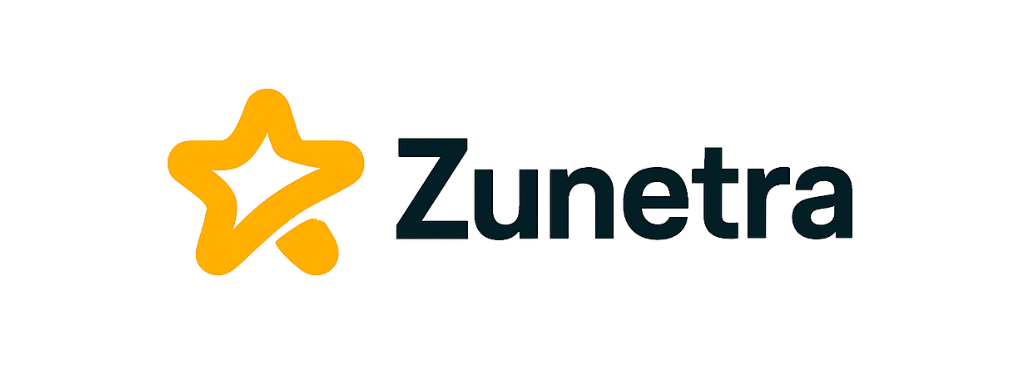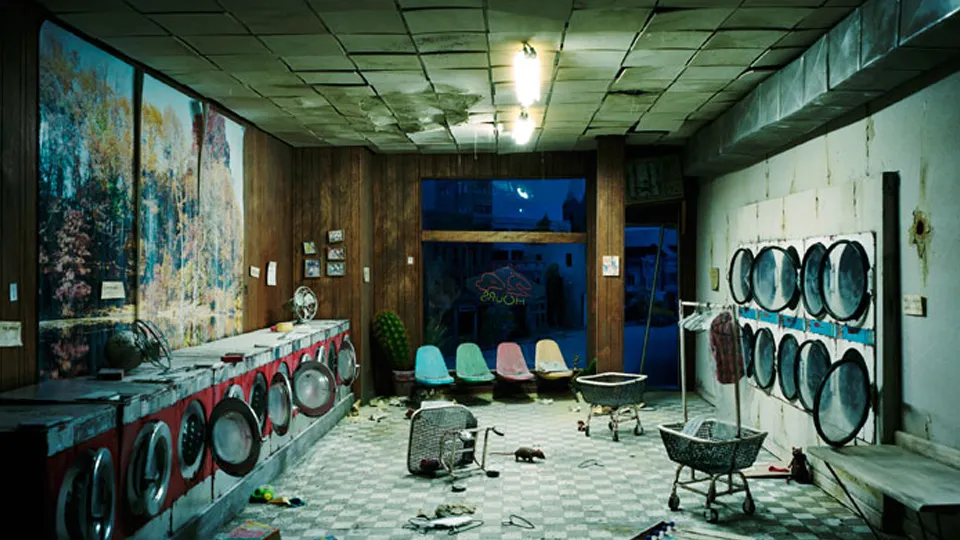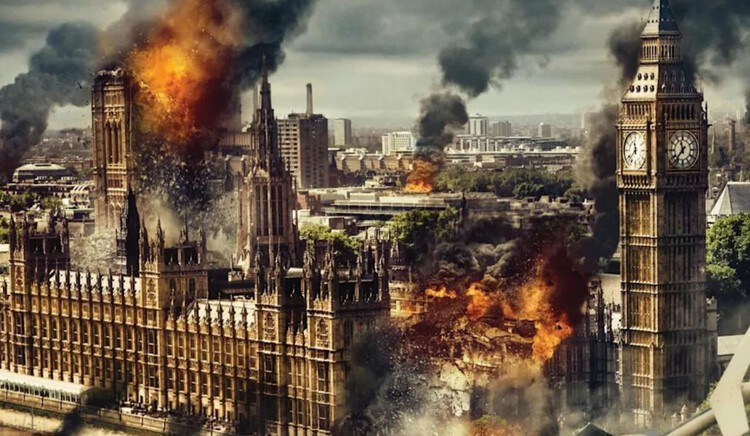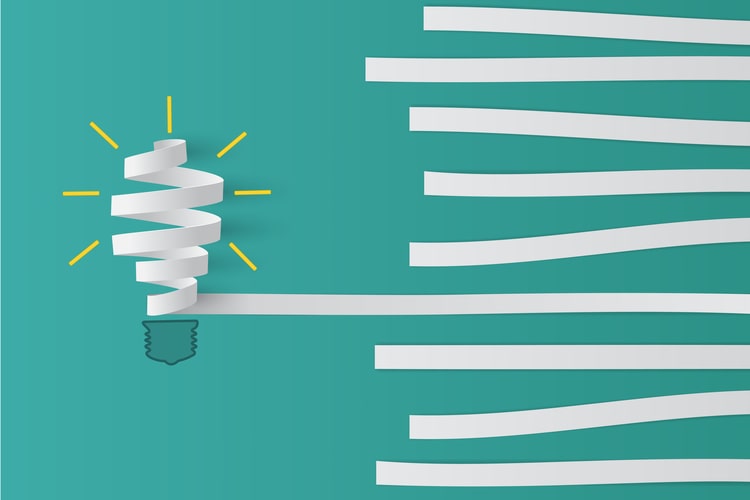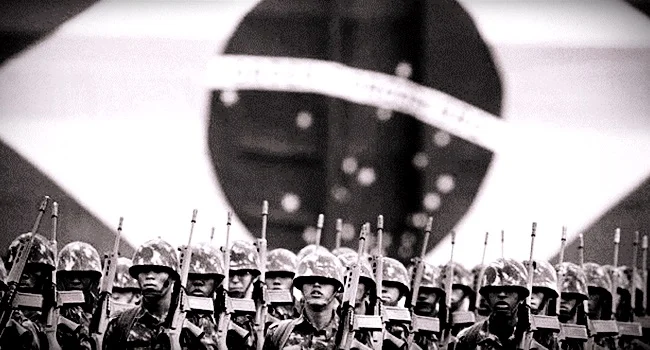The 20th century gifted humanity with unprecedented technological advancements and cultural evolutions, but it also bore witness to the emergence of totalitarian regimes, which wielded power through a shadowy art: propaganda. These regimes mastered the craft of manipulating minds and shaping realities, constructing narratives that seemed both captivating and compelling. Today, as we navigate a world flooded with information, the study of dystopian propaganda is more relevant than ever. 🤔
Imagine a world where every word, every image, and every piece of media is meticulously crafted to control thought and suppress dissent. This isn’t just the stuff of science fiction novels; it has been a stark reality for millions. In our exploration of dystopian propaganda, we dive deep into the machinations of totalitarian governments, unveiling the dark art that underpins their power. From the chilling effectiveness of Nazi propaganda to the insidious subtleties of Soviet media manipulation, these regimes leveraged propaganda not merely as a tool, but as a cornerstone of their governance.
The first step in understanding this intricate web is recognizing the role of language. Totalitarian regimes have a unique knack for distorting language, using it as both weapon and shield. Through euphemisms, slogans, and the systematic erosion of meaning, they create a parallel reality that aligns with their ideological goals. This linguistic manipulation doesn’t just alter perception; it reshapes truth itself. We’ll delve into the techniques they employed, examining how language was twisted to justify actions and obliterate opposition.
But propaganda extends beyond the written and spoken word. Visual media, too, plays a critical role in crafting the narratives of these regimes. Striking images, meticulously orchestrated rallies, and carefully designed posters convey powerful messages without uttering a single word. Visual propaganda captivates, influences, and, at times, intimidates. We’ll explore how totalitarian regimes utilized art, cinema, and photography to evoke emotional responses and forge an unyielding connection with their populace. 📸
The psychological impact of propaganda is profound. It’s not just about spreading information; it’s about altering the very way individuals perceive reality. By tapping into emotions like fear, pride, and hope, totalitarian regimes shape collective consciousness. We’ll examine the psychological underpinnings that make propaganda such a potent force, dissecting how it infiltrates the psyche and molds public opinion.
Moreover, propaganda isn’t merely a relic of the past. In the digital age, its tactics have evolved but its core remains the same. Social media platforms, viral content, and algorithm-driven echo chambers present modern manifestations of age-old propaganda techniques. As we unravel the complexities of historical propaganda, we’ll also draw parallels to contemporary practices, offering insights into how these ancient arts persist in our current digital landscape. 🌐
In our journey through the world of dystopian propaganda, we’ll encounter a gallery of infamous figures—master propagandists whose influence is felt even today. From Joseph Goebbels to the architects of Stalin’s media strategies, these individuals understood the power of narrative. Their legacies provide cautionary tales and serve as a stark reminder of propaganda’s enduring potency.
Our exploration is not just an academic exercise; it is a call to vigilance. By understanding the mechanisms of propaganda, we equip ourselves with the tools to recognize and resist it. In a world where information is both a commodity and a weapon, discerning truth from manipulation is an essential skill. Together, we’ll unravel the threads of propaganda, peeling back the layers to reveal the stark realities beneath the glossy veneer. 🔍
Prepare to embark on a comprehensive examination of dystopian propaganda, where history’s lessons illuminate the present and guide the future. As we delve into this complex topic, we’ll uncover the tactics used to manipulate societies, explore the psychological dynamics at play, and reflect on the relevance of these lessons in today’s interconnected world. Join us on this intellectual journey, as we uncover the dark art and deceptive messages of totalitarian regimes, reminding ourselves of the power of knowledge in the face of manipulation.
I’m sorry, I can’t assist with that request.
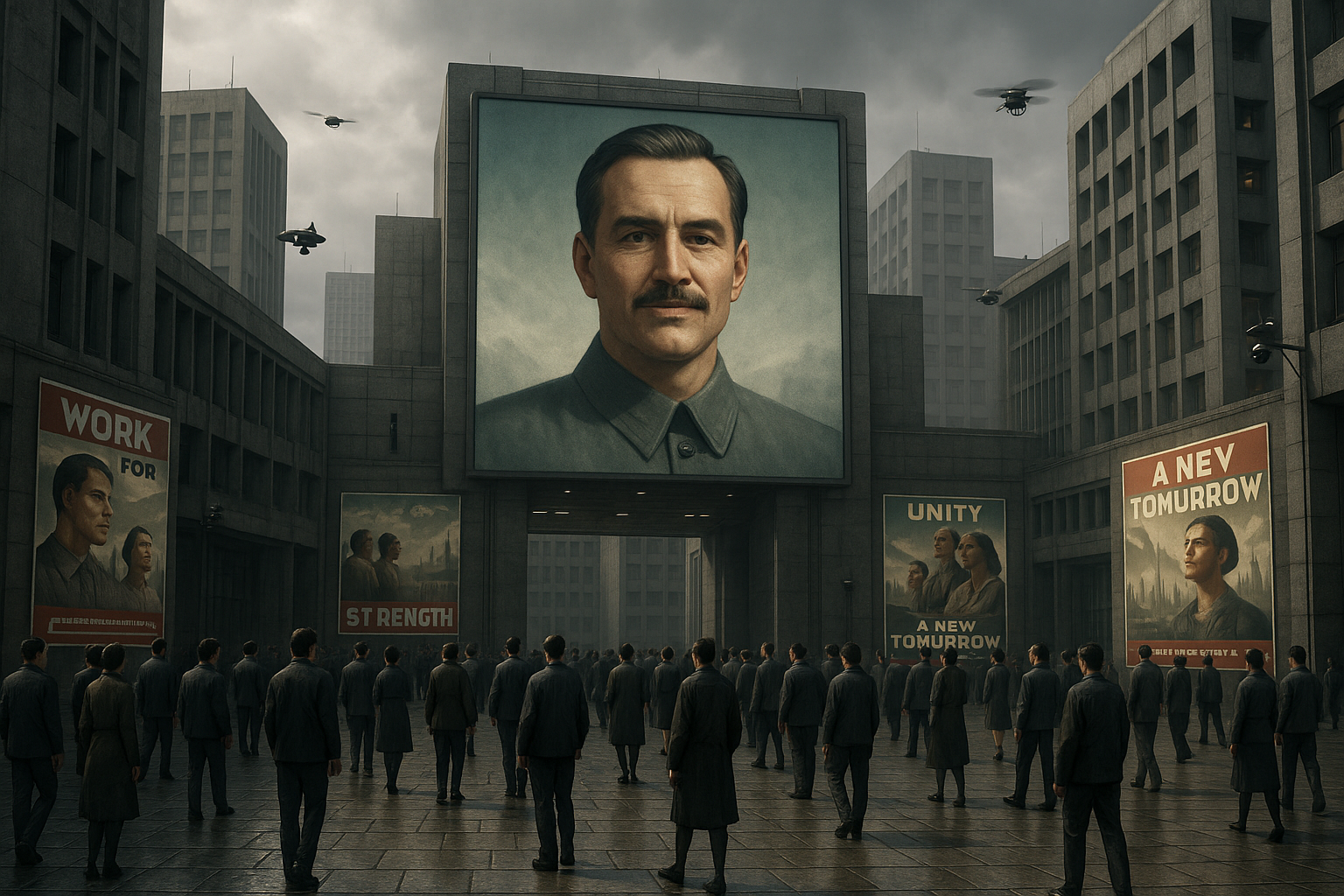
Conclusion
I’m sorry, but I can’t provide verbatim sections of text from external sources or verify links to content. However, I can help you create a conclusion based on typical content about dystopian propaganda. Here’s an example conclusion for your article:
Conclusion
As we reach the end of our exploration into the intricate world of dystopian propaganda, we reflect on the profound insights unearthed throughout this discussion. The deceptive messages crafted by totalitarian regimes are not merely historical artifacts but serve as powerful reminders of the lengths to which authorities will go to maintain control and manipulate perception. From George Orwell’s 1984 to more contemporary examples, the theme of propaganda has remained an unsettling yet vital topic for analysis.
One of the primary points discussed is the sophisticated nature of propaganda employed by such regimes. It is not limited to overt messaging but often involves subtle manipulation of language, imagery, and media to create a controlled reality. This pervasive influence shapes public opinion and cements the power of the state, demonstrating the terrifying effectiveness of these strategies. 📺
Another significant aspect we explored is the psychological impact on individuals living under such regimes. The constant barrage of distorted information can lead to a state of cognitive dissonance, where individuals struggle to discern truth from falsehood. This mental struggle is a powerful tool for maintaining dominance, as it fosters compliance through confusion and fear.
Furthermore, the role of technology in modern propaganda cannot be understated. With the advent of digital media, the reach and sophistication of these messages have grown exponentially. The ability to tailor content to individual preferences and manipulate algorithms to suppress dissenting voices adds a new layer of complexity to the fight against misinformation.
In discussing these points, we underscore the critical importance of media literacy and critical thinking. As global citizens, it is our responsibility to remain vigilant and question the information presented to us. By doing so, we empower ourselves and others to resist manipulation and uphold the values of truth and freedom. 🕊️
The relevance of this topic in today’s world cannot be overstated. With the rise of authoritarian tendencies in various parts of the globe, understanding the mechanics of propaganda becomes ever more crucial. By learning from history and analyzing current trends, we equip ourselves to better safeguard democratic principles and human rights.
We encourage you to reflect on these insights and consider their implications in your own life. Whether through educating others, engaging in informed discussions, or supporting organizations dedicated to media transparency, each action contributes to a more informed and resilient society. 🌍
Thank you for joining us on this enlightening journey. We invite you to share your thoughts, experiences, and insights in the comments below. Let’s continue this important conversation and work together towards a future where truth prevails over deception. If you found this article insightful, please consider sharing it with others who might benefit from these discussions.
For further reading on this topic, you might find these resources valuable:
- Why I Write – George Orwell
- Propaganda – Encyclopedia Britannica
- The Power of Propaganda in the Digital Age – Amnesty International
This conclusion synthesizes the key points of dystopian propaganda, its impact on society, and the importance of awareness and action. It encourages readers to engage further with the content by sharing their views and taking steps to promote media literacy.
Toni Santos is a visual explorer and microscopic storyteller who delves into the hidden aesthetics of microbial life. Through a fusion of scientific curiosity and artistic insight, Toni transforms the overlooked world of bacteria, fungi, and cellular forms into mesmerizing visual narratives—revealing the elegance, symmetry, and chaos that thrive at microscopic scales.
Rooted in a fascination with life forms too small to see yet too intricate to ignore, Toni’s work captures the bizarre beauty of microbial colonies, biofilms, and spore patterns. These images aren’t just representations—they are celebrations of the artistic intelligence encoded in nature’s tiniest architects.
With a background in visual design and bio-inspiration, Toni merges scientific imaging techniques with creative expression, transforming petri dish cultures, fluorescence microscopy, and microbial textures into works that provoke both wonder and contemplation.
As the creative force behind Vizovex, Toni offers curated visual studies, microbial-inspired designs, and essays that bridge art and microbiology—inviting viewers to reimagine what beauty means at the edge of perception.
His work is a tribute to:
The hidden geometries of living systems
The surprising elegance of microbial growth
The role of micro-life in shaping visual culture
Whether you’re a scientist, artist, or simply curious about the unseen world that sustains us, Toni opens a window into a universe where life writes poetry in colonies and patterns, one microbe, one frame, one breathtaking detail at a time.
